Using 6 Proxy Sites Strategies Like The Pros
페이지 정보
작성자 Yasmin 댓글 0건 조회 6회 작성일 24-02-23 12:23본문
A proxy is also referred to as a proxy server software that serves to act as an intermediary between a client and server on the internet. Without a middleman, a customer would make an attempt to request the resource directly to a server, and the server will serve the requested resource directly to the user. Although this is a simple process to comprehend and implement using proxies, it can provide benefits like increased speed and privacy, and many other. In addition to providing a layer of security, proxies act as a safeguard for the internet between users and servers.
Generally speaking, the packaged server hardware with installed proxy software is often referred in the context of proxy servers. This article will concentrate on the proxies that are typically referred to as software, but also when referring to web servers. We will provide a brief overview of the two primary kinds: one being forward proxy and the other being a forward proxy and reverse proxy. reverse proxy. Each type has a different usage, which can be difficult due to the similar name-based convention.
This article will equip you with the knowledge of what proxy services and their subtypes, and ways that they can be helpful in common configurations. In this article, you'll be in a position to recognize the scenarios where you could benefit by a proxy, and select the right solution the case of forward or reverse proxy in any situation.
Understanding Forward Proxies
Forward proxy, also known as an open proxy is the agent of a client who wishes to send requests through the internet to an the server that created it. In this situation, it's the situation that all requests received from the client will be sent straight to forward proxy. This forward proxy acting on behalf on behalf of client examine at the request. In the beginning, it will determine whether the client is authorized to submit requests through this specific forward proxy. Then, it will either deny requests or redirect them to the origin server. The client isn't allowed an internet connection directly. it will only be allowed to access details that the forward proxy allows it to connect to.
One popular reason to use forward proxy is to provide greater security or privacy on the internet. Forward proxy can access the internet as a client. In this process, it uses another IP address in comparison to your client's IP address.
Depending on how it's been set up depending on the way it has been configured forward proxy could perform a variety of tasks as well as the ability to:
Beware of ad-tracker.
Circumvent surveillance.
You can determine limitations based on your geographic location.
Forward proxies can also be used in systems of centralized security and access based on permissions, such as, in a workplace. If all internet traffic goes through an open forward proxy, a administrator may restrict access to only certain users on the internet using a common firewall. Instead of implementing firewalls on the client layer, which can include multiple machines with different configurations and users A firewall could be placed at the forward proxy layer.
Be aware that forward proxy servers must be configured manually to utilize and reverse proxies could go unnoticed by the client. Depending on the kind of IP address a client is transferred to the origin server through forward proxy, privacy and anonymity could be granted or not.
There are a myriad of options to investigate for forward proxies:
Apache: A popular open-source webserver that provides forward proxy features.
Nginx: Another renowned open-source webserver with forward proxy capability.
Squid is an open source forward proxy that utilizes the HTTP protocol. This doesn't offer an entire web server application. You can refer to our instructions on how to set up Squid proxy to allow private connections on Ubuntu 20.04.
Dante Forward Proxy that uses the SOCKS protocol instead HTTP which makes it more suitable for use cases like peer-to-peer connections. It is also possible to learn how to set up Dante proxy to support private connections on Ubuntu 20.04
Understanding Reverse Proxies
A reverse proxy acts as an agent for a web server. It handles the incoming requests of clients on its behalf. The web server could serve as a single server, or a number of servers. Furthermore, it could function as an application server such as Gunicorn. In all of these scenarios it is possible to receive a request from a user who is on the internet in general. In most cases, the request would be directed directly to a webserver that has all the resources the client seeking. In contrast, a reverse proxy acts as an intermediary, shielding this webserver from direct interaction with the internet.
From the perspective of the user's viewpoint reverse proxy's process reverse proxy isn't any different than working with the website server in direct contact. It's basically the same, but the client is unable to discern the difference. The client makes an request for resources, which is then followed by the receipt of it, with no additional configuration required on the part of the client.
Reverse proxy proxies can provide some features, including:
Security centralized for web servers.
The direction of traffic that is according to rules can be create.
The caching feature was added to the application.
While centralized security is a benefit of both reverse and forward proxy solutions, reverse proxies give this benefit to Web server layers and not to the layer that clients use. instead of the maintenance of firewalls at Web server layers which could comprise multiple servers that have different configurations, the bulk of firewall security is focused at the reverse proxy layer. Additionally, the absence of interfacing with a firewall and interacting with requests from clients off of web servers allows them to concentrate on delivering resources.
In the event of multiple servers working through a reverse proxy, it is also able to control the way requests are routed to which server. Many web servers may be providing the exact same service, each serving different kinds of resources or some combination of both. They may employ an HTTP protocol to perform the role of a standard web server, but they can also incorporate applications server protocols such as FastCGI. You can set up reverse proxy servers to direct customers to a specific server based on the requested resource or to follow certain traffic load rules.
Reverse proxies also can benefit from their placement before web servers by virtue of caching. Large static assets can be configured using caching rules in order that they don't have to contact web servers each time they request. There are solutions providing the option of directly serving static assets without needing to connect to a web server in any way. Furthermore, reverse proxy can handle compressing these assets.
The well-known Nginx web server can be described as an efficient reverse proxy solution. Although you can utilize Nginx, Apache web server, it also comes with a reverse proxy as an added feature of Apache which is in contrast to Nginx was originally designed to and focuses on reverse proxy functionality.
The difference between Forward Proxy and reverse Proxy Use. The difference between Forward Proxy and Reverse Proxy Utilization
Because "forward" or "reverse" have connotations that refer to directionality, and false comparisons to "incoming" as well as "outgoing" traffic, the labels could be confusing since both types of proxies are capable of handling requests as well as respond. The best way to distinguish between reverse and forward proxy services is to consider the requirements of the application you're developing.
A reverse proxy is useful when you're developing solutions to run web applications on the internet. They act as your web server for all interactions with the internet.
Forward proxy applications are beneficial when they are used to block client traffic for your personal use, or in a work setting. They can be used to represent your client's internet traffic, for any internet-based interaction.
Utilizing case-based differentiation instead of focusing solely on common naming conventions can make it easier to avoid confusion.
Conclusion
The article clarified meaning of a proxy with the two primary types being the forward proxy and the reverse proxy. Practical applications and a glance at the beneficial traits were used to define forward proxies as well as reverse proxy. If you're interested in learning more about how proxies are implemented, look into our tutorial on how to set up Nginx in a reverse proxy and internet-based server for Apache on one Ubuntu 20.04 server.
If you beloved this post and you would like to obtain much more details regarding Proxy Sites kindly check out the site.
댓글목록
등록된 댓글이 없습니다.
























